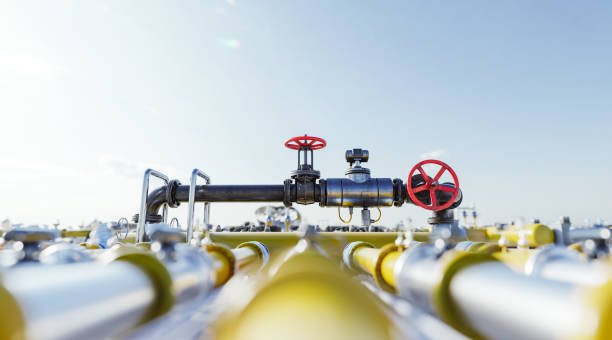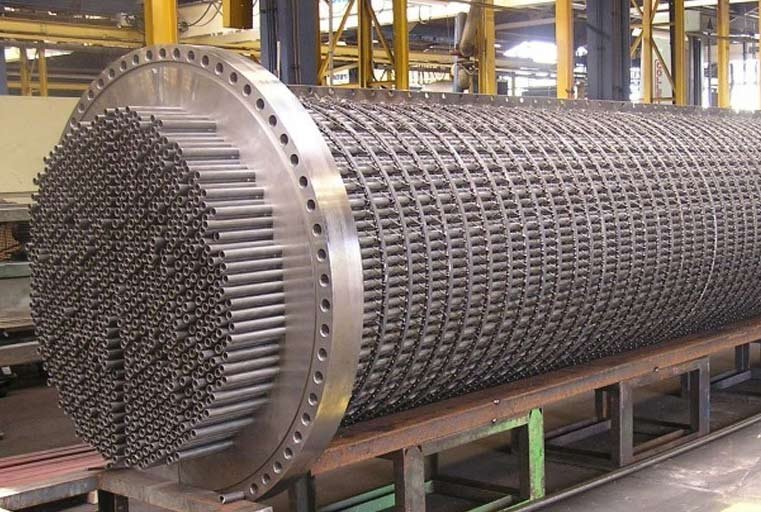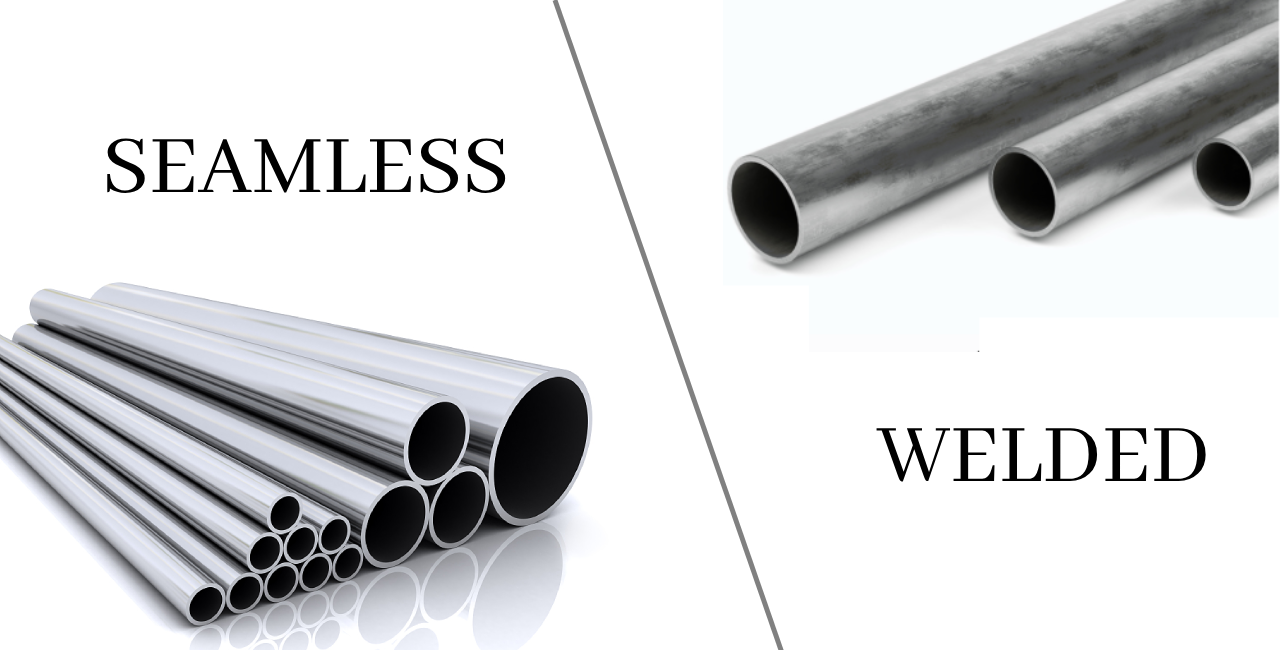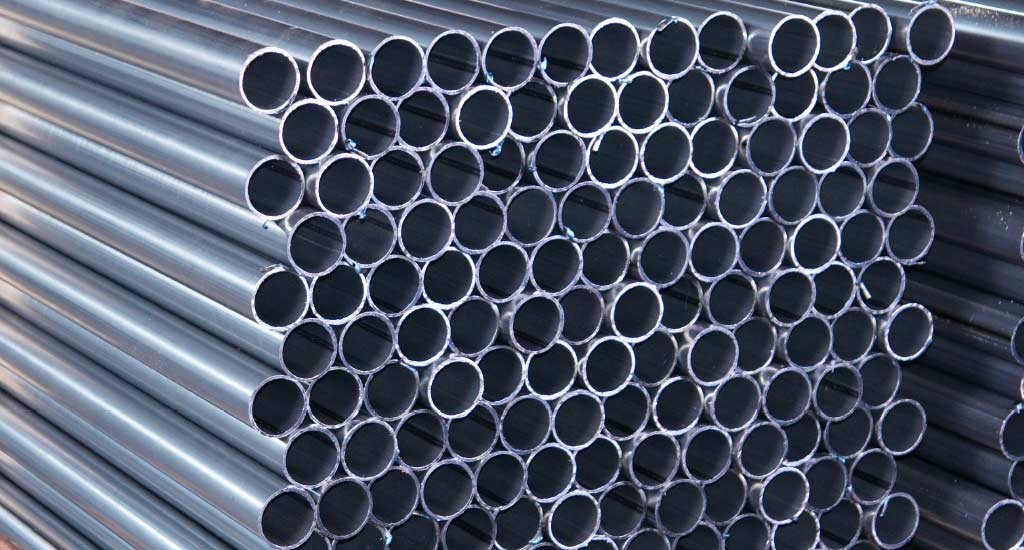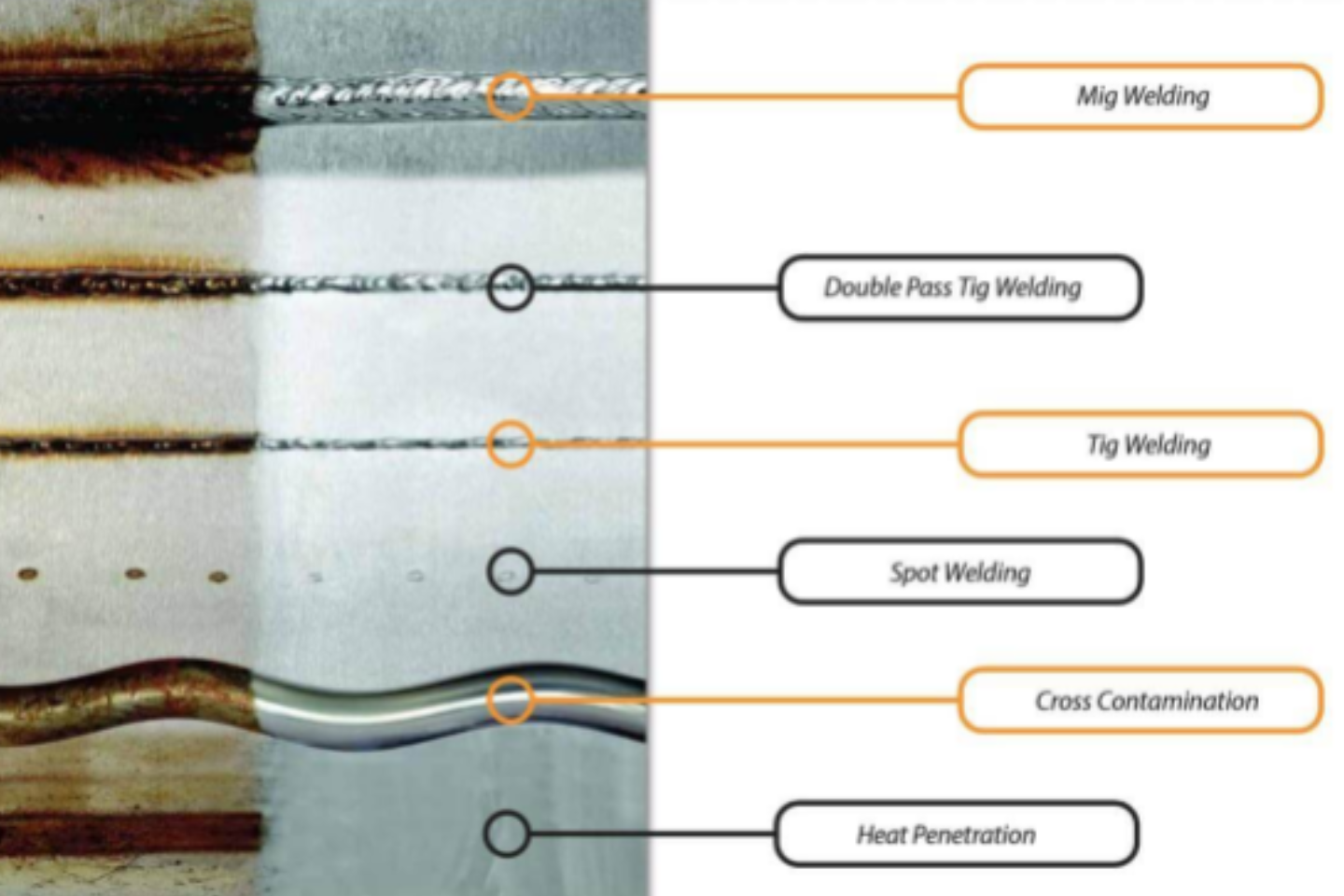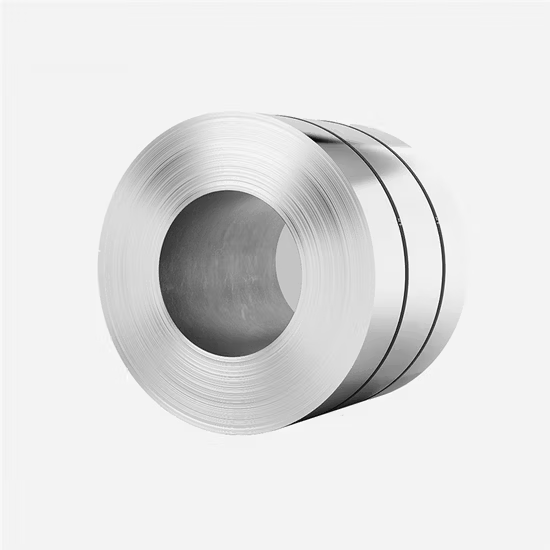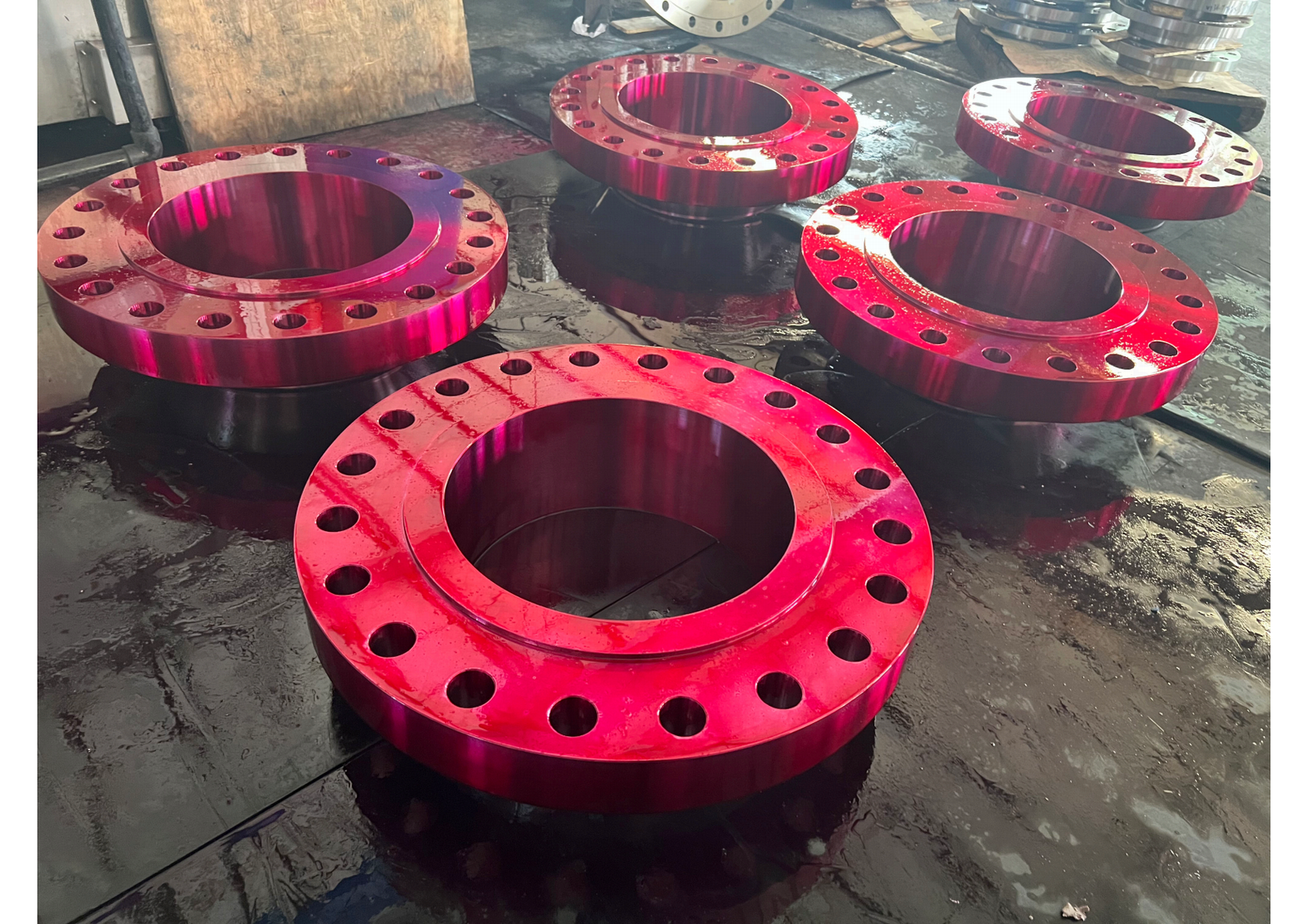Meta Description:
DLSS explains how 100% eddy current testing (ET) ensures the quality and reliability of seamless stainless steel tubes. Learn about standards, test principles, and defect detection.
Introduction
In critical industries like heat exchangers, petrochemicals, boilers, and nuclear power, the demand for defect-free stainless steel tubing is non-negotiable. One of the most reliable non-destructive testing (NDT) methods to ensure tube integrity is Eddy Current Testing (ET).
At DLSS, we perform 100% ET on all seamless stainless steel tubes to detect surface and sub-surface defects such as cracks, pits, inclusions, or wall thinning—without damaging the material.
1. What Is Eddy Current Testing?
Eddy Current Testing is an electromagnetic inspection method used to identify discontinuities in conductive materials. It works by:
- Inducing a high-frequency alternating current in a coil
- Generating electromagnetic fields in the tested tube
- Monitoring changes in electrical conductivity and magnetic permeability
When a flaw interrupts the flow of eddy currents, it triggers a change in coil impedance, which is recorded and flagged.
Read more: ASNT Eddy Current Testing Overview
2. Why Is Eddy Current Testing Important for Tubes?
- Detects defects that might not be visible to the naked eye
- Works on finished tubes without needing sectioning
- Suitable for thin-walled and high-precision tubing
- Required by ASTM A213, ASTM A269, ASTM B111, and EN 10216-5
ET is especially useful for high-spec applications in which internal and external defects, even under microns, can compromise performance.
3. What Types of Defects Can ET Detect?
| Defect Type | ET Detection Capability |
|---|---|
| Longitudinal cracks | Excellent |
| Transverse cracks | Good |
| Pitting / localized thinning | Very good |
| Laminations | Moderate |
| Inclusions or slag | Good (if near surface) |
Limitations: ET is less effective on tubes with magnetic permeability (e.g., martensitic or ferritic stainless) and cannot detect deep internal voids as reliably as UT (Ultrasonic Testing).
4. Testing Standards Followed by DLSS
DLSS eddy current testing complies with:
- ASTM E426 – Standard practice for ET of seamless and welded tubular products
- ASTM A450 / A269 / A213 – ET required as per specification
- EN ISO 10893-2 – Non-destructive testing of metallic tubes using ET
- Customer-specific TDCs (e.g., EDF, Siemens, Saudi Aramco)
Every tested tube is traceable by heat number and recorded digitally with pass/fail classification.
5. DLSS Eddy Current Testing Workflow
- Calibration using reference standards with artificial defects (0.5mm, 1.0mm notches, drilled holes)
- Tubes are fed through an automated rotating coil or encircling coil system
- Real-time impedance monitoring and signal feedback
- Defective signals are flagged, marked, and sent for secondary evaluation (e.g., UT or retest)
- All testing data is saved for MTC traceability
Typical tube sizes tested:
- OD: 6mm – 88.9mm
- WT: 0.5mm – 6mm
- Length: up to 12 meters
6. Integration with Other DLSS Quality Control Steps
Eddy Current Testing is part of a larger DLSS Quality Plan, which includes:
- PMI (Positive Material Identification)
- Hydrostatic or Pneumatic Pressure Testing
- Hardness & Grain Size Tests
- Visual & Dimensional Inspection
- 3.1 / 3.2 MTC per EN 10204
Together, these ensure tubes are delivered defect-free and fully documented.
7. Real-World Application Example
Project: ASTM A213 TP316L seamless tubes for a heat exchanger project in the Middle East
Client: Oil Refinery EPC contractor
Issue: Client required ET report + third-party validation
DLSS Solution:
- Performed 100% ET per ASTM E426
- Conducted BV witness inspection
- Delivered full traceability and signal waveform records
Result: All tubes passed. Client approved DLSS as long-term vendor for stainless U-bend and BA tubes.
Conclusion
At DLSS, 100% eddy current testing is not just a box to check—it’s a core part of our quality assurance system. With high-speed automation, trained inspectors, and compliance with global standards, we help customers avoid costly failures and ensure smooth operations in critical applications.
Contact DLSS
Email: info@dlsspipe.com
Website: www.dlsspipeline.com
Looking for stainless steel tubes with full non-destructive test coverage? Get in touch to request a sample report or discuss your technical specification.


